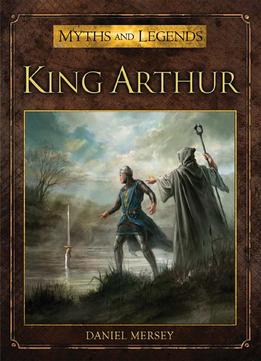



To read an illuminated version of the poem from 1912, click on: Morte D’Arthur. Or in other words, for those who express surprise that I am both a poet and a fantasy author (and yes, it has happened), it should really come as no surprise at all: rather, I am part of a grand tradition! 😉Īs for the poem, I feel that in terms of poetic power and language, it really speaks for itself. In Tennyson’s case the medium was poetry, but I believe the influence is clearly discernible in contemporary epic fantasy, from Tolkien’s The Lord Of The Rings and Lewis’s The Lion, the Witch & the Wardrobe, to Marion Zimmer Bradley’s The Mists of Avalon or Patricia Keneally’s The Hawk’s Gray Feather. The reason I have featured Tennyson’s poem today, making the leap from the Middle Ages to the Victorian era, is to demonstrate the enduring influence of these ancient stories and the way in which they continue to ‘speak’ to us afresh in each new generation. So over the past few weeks I have featured Homer’s Iliad and two anonymous poems: the Anglo-Saxon Seafarer and the Middle English poem Sir Gawain & The Green Knight.Īs I said in relation to Sir Gawain & The Green Knight, the epic poem draws on the Arthurian legend, which was also known as ‘The Matter Of Britain’ in the Middle Ages, for it’s subject matter. You may recall that the David Gemmell Legend Award longlist came out recently, so during the voting period (which closes tomorrow, 31 July) I have been featuring what I consider to be legendary and/or epic poems each Tuesday-all as part of celebrating the epic tradition, which is the essence of what the Gemmell Awards are all about.

Because it was the first written of the poems and the last in chronological sequence, I have included the first, and also the final two stanzas today. The Morte D’Arthur, or Death Of Arthur, is probably the most well known in Tennyson’s Idylls of the King, which draws on Sir Thomas Malory’s medieval work of the same name ( Le Morte D’Arthur) as well as the Celtic Mabinogion.


 0 kommentar(er)
0 kommentar(er)
